|
Topic: |
Polarizing filters,
do they reduce image quality? |
|
Author/Copyright: |
John Jovic |
The Purpose of this article is 2 fold.
Firstly to see if polarizing filters have a significant
effect on image quality, primarily sharpness, and secondly to compare the 2 polarizing filters
being used to see if there is any difference in their performance. The filters in question are a Hoya 77mm Circular Polarizing
filter, just the standard inexpensive version, and a B+W 77mm Circular
Polarizer Multi-Resistant Coated (MRC) filter. The test images where
shot with a very high resolution lens (a Leica APO-Telyt-R 3.4/180) to
ensure that any differences in resolution or sharpness will be visible.
Essentially only three test images where shot but with some minor
variations.
1/ A reference image where no polarizing filter was used.
2/ A second image where each polarizing filter was set to have the
minimum effect.
3/ A third image where each polarizing filter was set to have the
maximum effect.
The test images where then compared as full frame and as 100% crops. The
test results are those of a single sample of each filter so should not
be taken to be representative of others and should be considered as only
one set of tests.
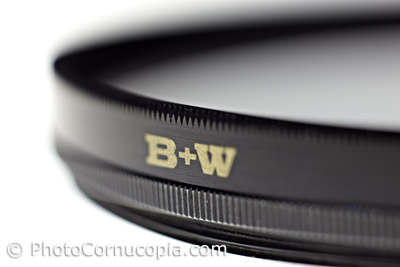 |
|
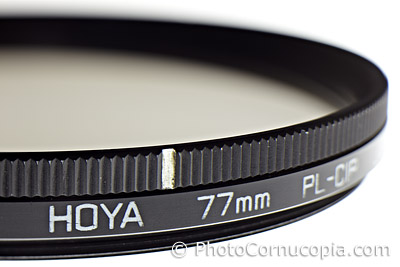 |
|
B+W 77mm Circular Polarizer Multi-Resistant Coated (MRC) |
|
Hoya 77mm Circular
Polarizing filter |
Test images with
Polarizing filters set to minimum effect.
|
|
Full Frame |
|
100% crop from centre of frame |
|
No filter, reference image. |
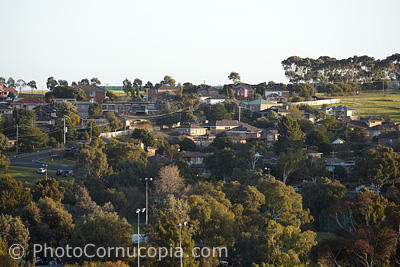 |
|
 |
|
|
|
|
|
Hoya Polarizing filter adjusted to have minimal
polarizing effect.
1/30th sec |
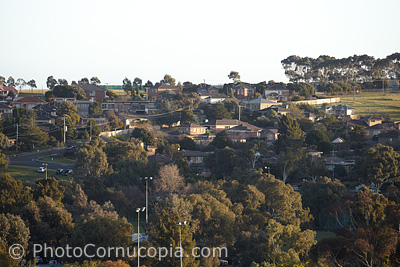 |
|
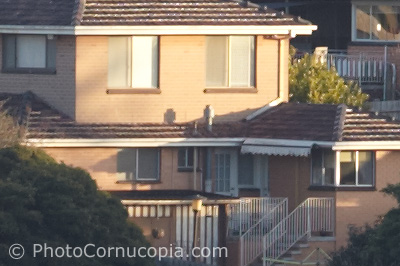 |
|
A reduction in contrast is apparent. The colour
cast in the image is greatly dependent on the polarizing filter
setting and has taken on a slightly blue cast. |
|
Sharpness seems unaffected |
B+W Polarizing filter adjusted to have minimal
polarizing effect.
1/45th sec |
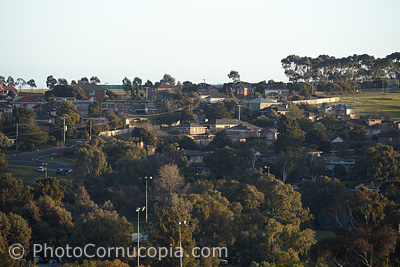 |
|
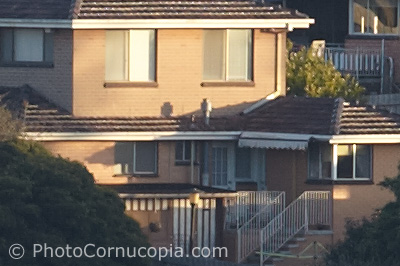 |
|
|
This exposure is a 1/3rd stop faster than the same
image with the Hoya filter so this image is closer to that from the
Hoya. The image from the B+W Polarizing filter seems to be slightly
lower in contrast than the Hoya Polarizing filter. |
|
Sharpness is slightly lower than that of the Hoya
Polarizing filter. |
|
|
|
|
|
Test images with Polarizing filters
set to maximum effect.
|
|
Full Frame |
|
100% crop from centre of frame |
|
No filter, reference image. |
 |
|
 |
|
|
|
|
|
Hoya Polarizing filter adjusted to have maximum
polarizing effect.
1/20th sec |
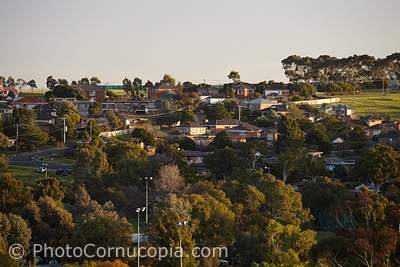 |
|
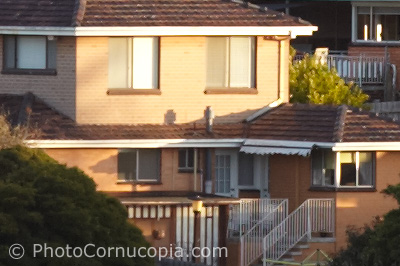 |
|
|
This image shows much greater contrast than the
reference image (without a polarizing filter) and has resulted in
parts of the image being blown out to a greater degree than even the
reference image, although the sky is much darker. Colour saturation
is much stronger. |
|
Sharpness is almost better than the reference
image due to higher contrast. |
B+W Polarizing filter adjusted to have maximum
polarizing effect.
1/20th sec |
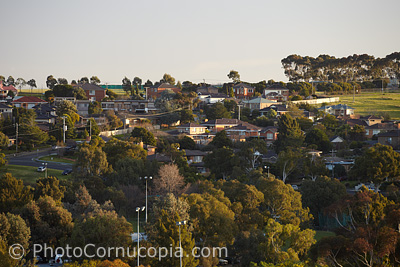 |
|
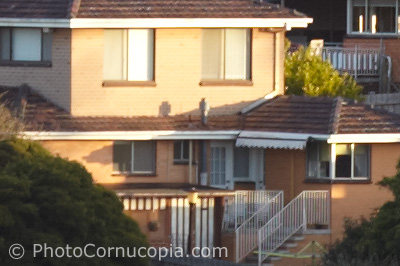 |
|
|
Contrast is similar if not slightly lower than the
image with the Hoya Polarizing filter. |
|
Sharpness is slightly lower than that of the Hoya
Polarizing filter. |
Further test images.
It was not possible to use identical exposures with the filters being
tested as can be seen with the bracketed exposure below.
|
|
Full Frame |
|
100% crop from centre of frame |
|
No filter, reference image. |
 |
|
 |
|
|
|
|
|
Hoya Polarizing filter adjusted to have minimal
polarizing effect.
1/30th sec |
 |
|
 |
|
A reduction in contrast is apparent. The colour
cast in the image is greatly dependent on the polarizing filter
setting and has taken a blue cast. |
|
Sharpness seems unaffected |
Hoya Polarizing filter adjusted to have maximum
polarizing effect.
1/20th sec |
 |
|
 |
|
|
This image shows much greater contrast than even
the image without a polarizing filter and has resulted in parts of
the image being blown out to a greater degree than even the
reference image, although the sky is much darker. Colour saturation
is much stronger. |
|
Sharpness is almost better than the reference
image due to higher contrast. |
B+W Polarizing filter adjusted to have minimal
polarizing effect.
1/30th sec |
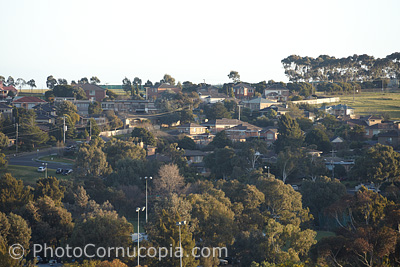 |
|
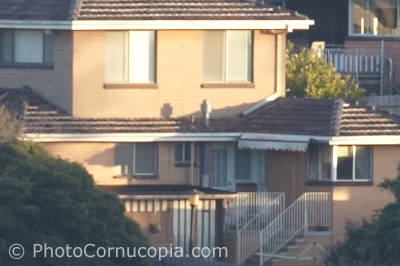 |
|
|
The B+W filter is
slightly brighter than the Hoya filter. This images which was shot
at the same exposure as the Hoya image above seems to have less
contrast but this is in part due to the exposure itself being
brighter. |
|
Sharpness is slightly lower than that of the Hoya
Polarizing filter. |
B+W Polarizing filter adjusted to have minimal
polarizing effect.
1/45th sec |
 |
|
 |
|
|
This exposure is a 1/3rd stop faster than the same
image with the Hoya filter so this image is closer to that from the
Hoya. The image from the B+W Polarizing filter seems to be slightly
lower in contrast than the Hoya Polarizing filter. |
|
Sharpness is slightly lower than that of the Hoya
Polarising filter. |
B+W Polarizing filter adjusted to have maximum
polarizing effect.
1/20th sec |
 |
|
 |
|
|
Contrast is similar if not slightly lower than the
image with the Hoya Polarizing filter. |
|
Sharpness is slightly lower than that of the Hoya
Polarising filter. |
Conclusions.
The images with the Polarizing filters showed varying but minor effects on
sharpness (see definition below). Whilst
sharpness seemed to improve slightly with the Hoya images where maximum
polarizing effect was employed, possibly due to increased contrast, the
images from the B+W filter did show a small reduction in sharpness
regardless of the setting used on the filter. The effects where minimal
in all cases and probably not visible in normal use.
The images created using the B+W filter where slightly lower in contrast
than the images produced using the Hoya polarizing filter. Again the
difference was not large and possibly not significant in normal use.
The Hoya filter had a warmer colour cast than the B+W filter, only
noticeable by direct comparison, and again not significant in general
use.
The differences between the Hoya and B+W filters are quite minor, but
noticeable when compared directly.
The most significant effect of using any Polarizing filter
seems to be that if used without consideration then the negative impacts
on image quality may out way any benefit. The test images where each
filter was set to have the minimum polarizing effect resulted in images
with much lower contrast than the reference image. This changes once the
filters where set to maximum polarizing effect where contrast exceeded
that of the reference image. Of course this result will vary with the
lighting conditions (height and angle of the sun relative to the camera)
and the subject itself. If using a polarizing filter then do so with a
specific purpose in mind, to darken a sky, reduce a reflection, minimize
glare etc and set the filter accordingly, but don't simply leave it on
the camera all the time assuming it won't affect image quality.
Notes about test conditions and equipment.
The Camera used was a Canon 5d2, with mirror lockup (Live View, Silent
shoot Mode 2, so the mirror is permanently up) and 2 second delay,
on a tripod.
The lens used was a Leica APO-Telyt-R 3.4/180 with all exposures shot
at F5.6. This lens has very high resolution and is optimized for use at
infinity so is ideal for this test.
The images where shot in RAW, at ISO100, with files converted using Capture One Pro
with only minimal sharpening.
White balance was selected from the first reference image, ie without a
polarizing filter, and was applied identically to every image. Images
where shot approx 1 hour before sunset where the light is a mix of blue
shade (due to clear open sky) and warm direct sunlight.
No exposure adjustments have been made to the test images aside from the
reference image itself. The exposure was set for the yellow brick house
in the 100% crop. The exposures with polarizing filters where selected
from brackets of exposures but where not later adjusted in the RAW
conversion.
The filters where cleaned prior to use and their surfaces where always
shielded from direct sun. The filters where both in excellent condition
with no noticeable or obvious faults, scratches, damage etc. The actual
filters used may not be typical of their make/model as each is several
years old and possibly no longer the same as those actually sold. The
results shown above are from single samples of each filter and may not
be representative of others.
The term 'sharpness' should be taken to mean the effect of high high
resolution or detail combined with high accutance (edge sharpness), not
high resolution alone. For example, an image might have very high
resolution but if contrast is low (possibly due to veiling flare or
other reasons) then the image may lack apparent sharpness.
The lens was focused wide open with Live View and then stopped down to F5.6
and not altered during testing/shooting.
The images where shot near sunset and approx 90 degrees to the sun so
the effect of the filters is quite significant.
The subject (house in the 100% crops) was approx 500m away with clear
atmospheric conditions, minimal haze.